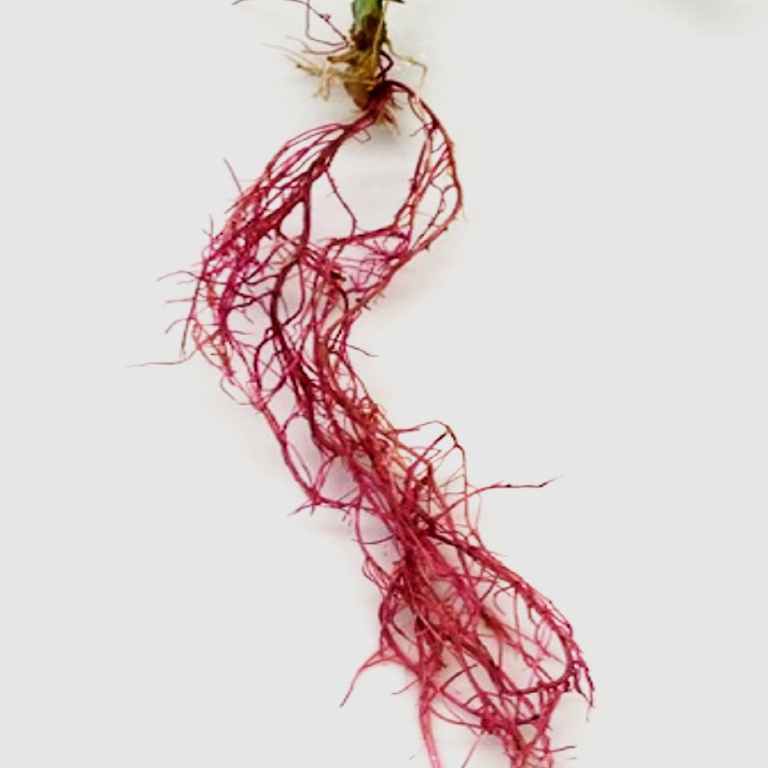A recent study led by Indiana University Bloomington graduate student Alexandra Margets and Distinguished Professor of Biology Roger Innes was published in the journal Molecular Plant-Microbe Interactions. The article titled, “The Soybean Cyst Nematode Effector Cysteine Protease 1 (CPR1) Targets a Mitochondrial Soybean Branched-Chain Amino Acid Aminotransferase (GmBCAT1),” identifies and characterizes a key protein involved in soybean cyst nematode infection.
Soybean cyst nematodes are microscopic roundworms that infect the roots of soybeans and other plants. The discovery could significantly improve soybean resistance to nematode infections, which cause an estimated $1.5 billion in crop losses annually in North America.
Margets and colleagues identified a protein in nematode saliva called CPR1 (“cysteine protease 1"), which nematodes secrete into soybean roots during infection. CPR1 disrupts the plant's immune system, paving the way for the pathogen to establish itself. Using a cutting-edge technique called “proximity labeling," the team identified a soybean protein, GmBCAT1 (branched-chain amino acid aminotransferase), as a target of CPR1. Further experiments revealed that CPR1 prevents the accumulation of GmBCAT1, suggesting cleavage. This discovery could enable the team to engineer “decoy" proteins that can be cleaved by CPR1, thereby triggering a robust plant immune response that prevents further infection. The Innes laboratory is now working on commercializing this technology to make it available to soybean farmers, as it has to the potential to significantly boost soybean yields while reducing impacts on the environment.
Read the complete article here.

 The College of Arts
The College of Arts